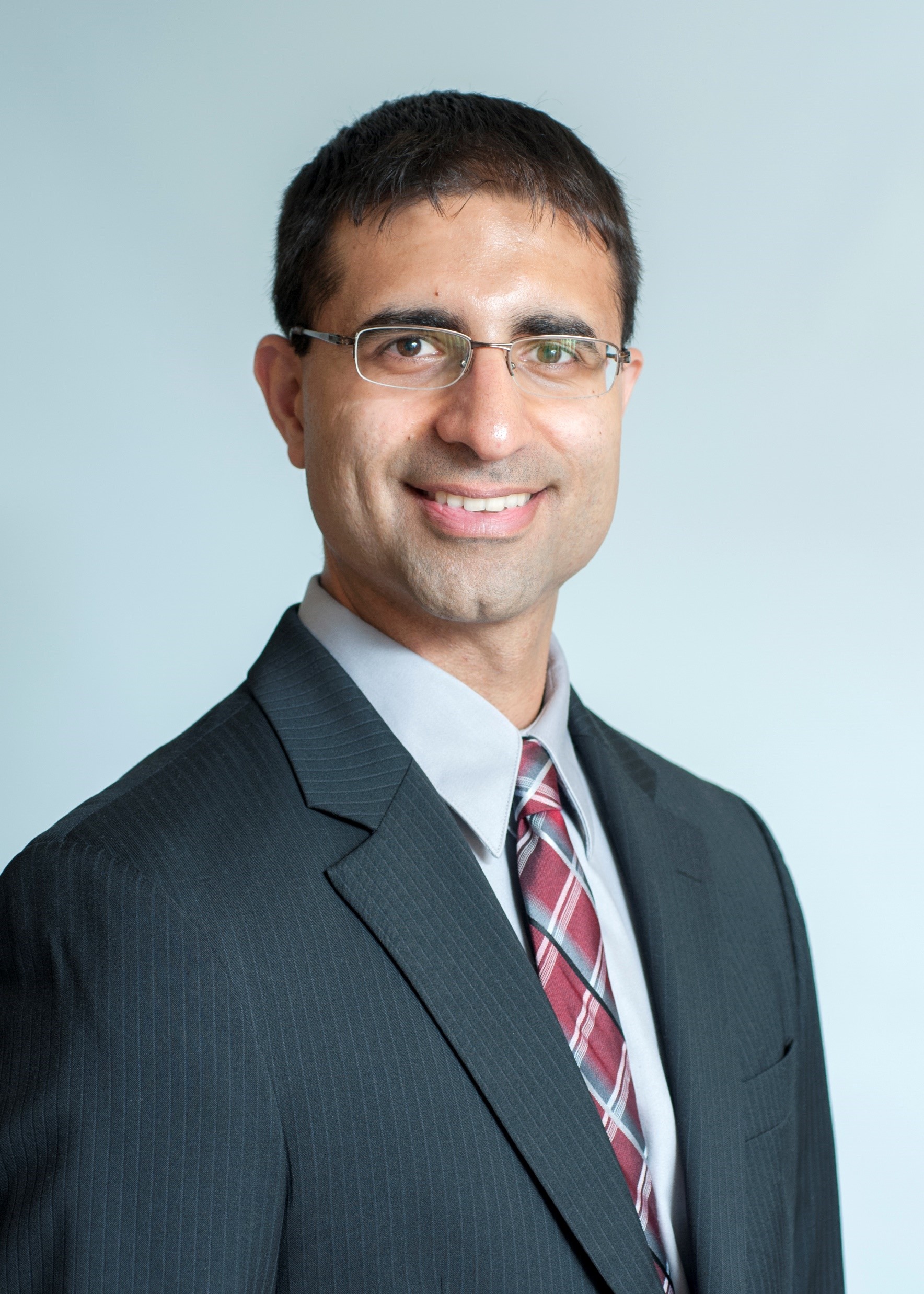
Daryush D. Mehta, PhD (he/him)
|
Director of Voice Science and Technology Laboratory Voice Center Research Laboratories, Massachusetts General Hospital |
|
Investigator, Assoc Prof (M) Voice Center Research Laboratories, Mass General Research Institute |
|
Associate Professor of Surgery Harvard Medical School |
|
Associate Director Vocal Hyperfunction Clinical Research Center, Massachusetts General Hospital |
|
Director of Student Affairs and Affiliated Faculty Program in Speech and Hearing Bioscience and Technology, Harvard Medical School |
|
Adjunct Associate Professor Communication Sciences and Disorders, MGH Institute of Health Professions |
|
Zoroastrian Chaplain Harvard Chaplains, Harvard University |
|
Zoroastrian Chaplain Office of Religious, Spiritual, and Ethical Life, Massachusetts Institute of Technology |
| Master of Science, Electrical Engineering and Computer Science Massachusetts Institute of Technology 2006 |
| PhD, Speech and Hearing Bioscience and Technology Harvard-MIT Division of Health Sciences and Technology, Massachusetts Institute of Technology 2010 |
| Postdoctoral Researcher Harvard University/Massachusetts General Hospital 2011 |
| Bachelor of Science, Electrical Engineering University of Florida 2003 |
Research Interests
Research Narrative
I continue research efforts into the clinical analysis of normal and disordered voice production with particular emphasis on advanced statistical signal processing algorithms and ambulatory monitoring of daily voice use. My work bridges the areas of statistical signal processing and clinical voice assessment.
I investigate the details of the relationship between the motion of the vocal folds (the "voice box") and the acoustics of voice production. My expertise is in signal processing and acoustic voice analysis, and I bring these engineering tools to clinical voice research. We have developed a comprehensive laryngeal high-speed videoendoscopy system to image and quantify vocal fold vibratory characteristics and relate them to voice-related sensor measurements and mathematical models. Other major efforts develop a smartphone platform for tracking voice use using an accelerometer taped to the neck.
We hope that our results will aid voice surgeons and speech-language pathologists in better understanding the mechanisms of normal and disordered voice production.
MGH Voice Center
Harvard Program in Speech and Hearing Bioscience and Technology
Harvard Catalyst Profile
Vocal Hyperfunction Clinical Research Center
Publications
| mehta.daryush@mgh.harvard.edu |
| 6176430820 |
|
Voice Center Research Laboratories Bowdoin Square 1 Bowdoin Square 11th Floor Boston, MA 02114-2919 |
